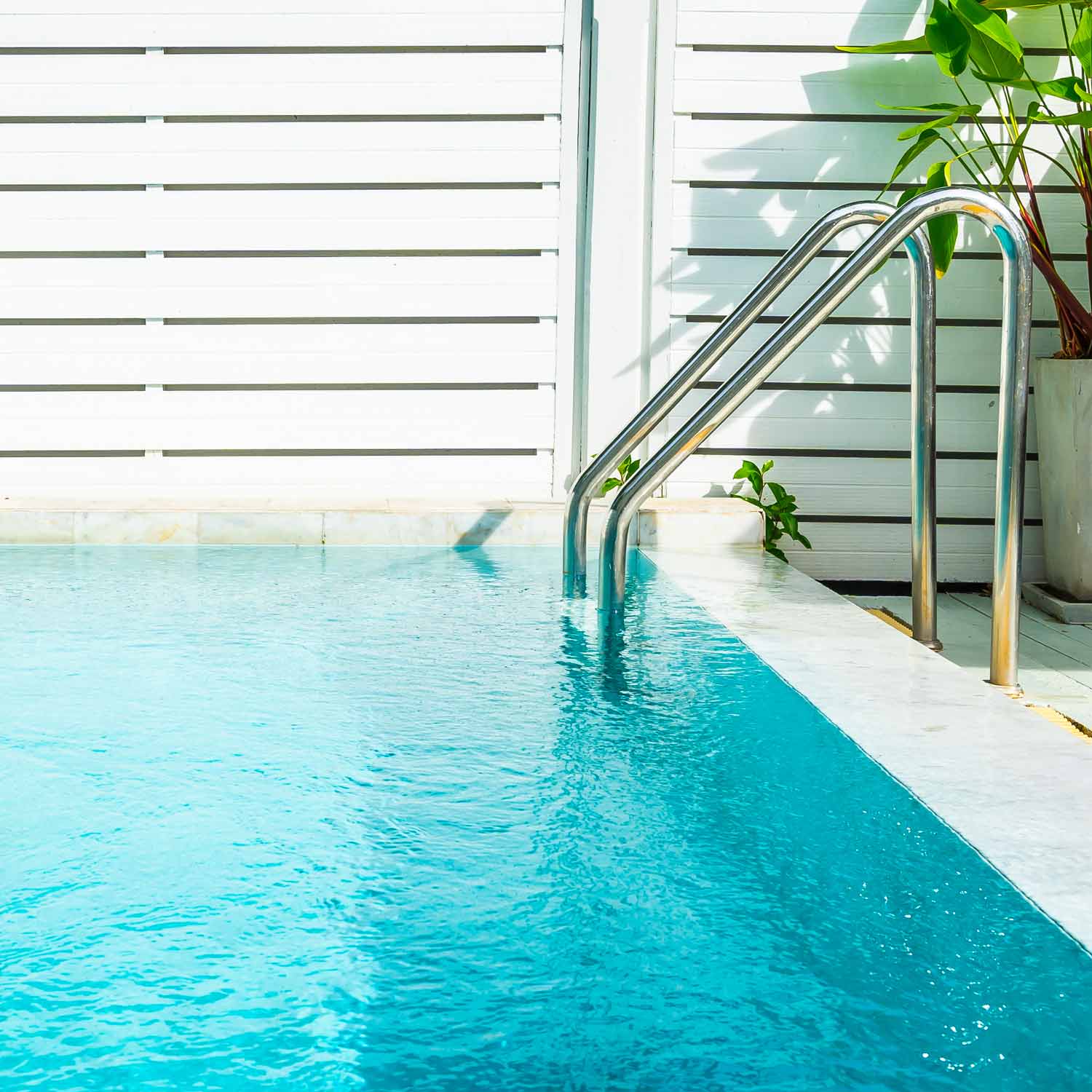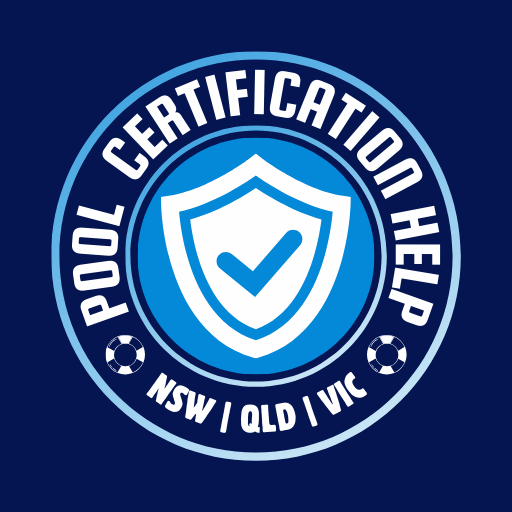The Australian Pool Safety Standard AS1926.1-2012
July 1, 2025

Across Australia, pool safety regulations exist to protect young children from the risk of drowning — one of the leading causes of accidental death for children under five. To reduce this risk, strict pool barrier standards have been introduced, with AS1926.1–2012 being one of the most widely adopted versions of the national Australian Standard for Swimming Pool Safety Barriers.
Whether you’re a homeowner, landlord, or property manager, if your pool is subject to this standard, it’s crucial to understand what inspectors look for and how to prepare for a barrier inspection. In this post, we’ll break down the key elements of an inspection under AS1926.1–2012, so you can ensure your pool area is safe and compliant — and avoid costly delays or penalties.
What Is AS1926.1–2012?
AS1926.1–2012, titled Swimming Pool Safety – Safety barriers for swimming pools, is the national standard that outlines the minimum design, construction, and performance requirements for swimming pool and spa barriers.
This version of the standard was introduced in May 2012 and is now referenced in building codes and legislation in several Australian states and territories, including:
- Victoria (for pools constructed or modified after 1 May 2010)
- New South Wales (under the Swimming Pools Act 1992)
- Queensland (as part of the Queensland Development Code MP 3.4)
- Western Australia (in applicable Class 10 buildings)
- Other jurisdictions with varying levels of adoption
The standard is primarily aimed at preventing unsupervised access by young children to the pool area, by enforcing strict design and maintenance requirements for fences, gates, boundaries, and access points.
What Does a Pool Inspection Cover Under AS1926.1–2012?
During a professional inspection, a licensed pool safety inspector will assess several critical features of your barrier system to ensure compliance. Here’s what they typically check:
1. Barrier Height and Structure
- The minimum barrier height must be 1.2 metres measured from the finished ground level.
- The barrier must be rigid and non-climbable.
- Gaps beneath the barrier must not exceed 100 mm.
- The barrier must not contain horizontal rails closer than 900 mm apart, unless additional compliance measures are taken.
Why it matters: Children can easily climb over inadequate or poorly designed barriers. The height and strength requirements are essential to delay access long enough for adults to intervene.
2. Gate Operation and Latching
- Gates must swing away from the pool area.
- Gates must self-close and self-latch from any open position.
- Latch mechanisms must be at least 1.5 metres above ground level or appropriately shielded to prevent child access.
- Gates must never be propped open or obstructed.
Why it matters: Faulty or manually operated gates are a major cause of pool-related accidents. A properly installed, self-closing gate is one of the most effective safety features.
3. Non-Climbable Zones (NCZs)
AS1926.1–2012 defines Non-Climbable Zones (NCZs) as spaces around the barrier that must remain clear of objects or surfaces that children could use to climb over. The key zones are:
- NCZ 1: 900 mm arc on the outside of the barrier
- NCZ 2: 900 mm space directly above the barrier
- NCZ 3: 300 mm on the inside of the barrier
- NCZ 4: Applies to boundary fences acting as barriers (additional 900 mm quadrant)
Inspectors will look for anything within these areas that may be climbable — including planter boxes, steps, furniture, trees, BBQs, or retaining walls.
Why it matters: Even small objects can allow a child to breach the barrier if placed within a non-climbable zone.
4. Boundary Fences
Where a neighbouring fence forms part of the pool barrier:
- It must be at least 1.8 metres high.
- There must be no climbable objects or structures on the outside of the fence within the required NCZ.
- The inside must also be clear, with no ledges or footholds.
Why it matters: Boundary fences are common, especially in urban areas, but they still need to meet safety requirements if they serve as part of the enclosure.
5. Doors and Windows (Where Applicable)
While modern standards generally disallow direct access from a building, older properties or certain pool layouts may still feature doors or windows that open into the pool area.
Under AS1926.1–2012:
- Doors must not provide direct access to the pool area.
- Windows within 1.8 metres of the pool must either:
- Be restricted to open no more than 100 mm, or
- Be fitted with a securely fixed screen
Why it matters: Direct access points are considered high-risk and must be effectively blocked or restricted.
6. CPR Signage
A compliant CPR sign must be:
- Clearly visible from within the pool area
- Weatherproof and in good condition
- Displayed in accordance with Australian Resuscitation Council Guidelines
Inspectors will ensure the CPR sign is present and legible. It must not be faded, vandalised, or blocked from view.
Why it matters: In an emergency, easy-to-read CPR instructions can save lives — especially when seconds count.
7. General Barrier Condition
Inspectors also check for:
- Rusted or loose panels
- Damaged hinges or locks
- Missing or broken posts or rails
- Any temporary structures affecting safety (e.g. climbing frames, ladders, or storage items near the fence)
Barriers must be well maintained at all times — not just when being inspected.
What Happens After the Inspection?
Depending on the outcome, the inspector will issue one of the following:
Certificate of Compliance
- Issued when all aspects of the barrier meet the AS1926.1–2012 standard
- May be referred to as Form 23, Form 126, or a similar name depending on your state or territory
- Typically valid for 1–3 years (check your local authority’s requirements)
Notice of Non-Compliance
- If the barrier fails, you’ll receive a written report detailing what needs to be fixed
- You’ll usually have a specific period (e.g. 30–60 days) to rectify the issues
- A follow-up inspection will be required to confirm compliance
Tips to Prepare for Your Pool Inspection
Getting ready for a professional pool inspection doesn’t need to be stressful. By taking a few simple steps ahead of time, you can address many common issues and increase your chances of passing the inspection on the first visit. Here’s how to prepare effectively:
1. Walk Around the Entire Pool Area
Start by doing a full walk-around of your pool or spa barrier. Look carefully for climbable objects both inside and outside the fence — these can include outdoor furniture, plant pots, BBQs, toys, or even branches that overhang into the non-climbable zone (NCZ).
Any item within 900 mm of the barrier on either side must be removed or relocated to comply with AS1926.1–2012. Remember, even temporary items can cause a pool to fail its inspection.
2. Test the Pool Gate Thoroughly
Your pool gate must self-close and self-latch from any open position — not just when gently closed. Push the gate open at various angles and confirm that it reliably returns to a closed and latched position each time, without needing to be pushed or lifted manually.
Also, ensure the latch is located at least 1.5 metres above ground level, or is properly shielded to prevent access by young children. Gate compliance is a critical part of meeting swimming pool Australian standards, and faulty gates are one of the top reasons for inspection failures.
3. Measure Fence Height and Gaps
Use a measuring tape to confirm that your pool fence is at least 1.2 metres high at every point. Check that no gaps beneath the fence exceed 100 mm, including sloped ground where erosion might have occurred.
Also inspect for any footholds created by horizontal rails or uneven surfaces. If your pool shares a boundary fence, confirm that it reaches the 1.8-metre minimum height required by the pool fence Australian standard when used as part of the enclosure.
4. Clear the Non-Climbable Zones (NCZs)
The non-climbable zones defined in AS1926.1–2012 must remain completely clear. These zones are designed to stop children from being able to scale the barrier using surrounding objects or landscaping features.
Trim back any trees, remove ladders or storage bins, and make sure there are no horizontal surfaces or handholds within these zones. Don’t forget about decorative items like wall art, shelves, or hose reels — if they fall within the NCZ, they can make your barrier non-compliant.
5. Check CPR Signage
You are required by law to display a compliant CPR sign inside your pool area. The sign must follow the latest Australian Resuscitation Council Guidelines, be legible and weatherproof, and be clearly visible from inside the pool enclosure.
Faded or poorly mounted signs may need to be replaced. This is a small detail, but an essential one that inspectors will not overlook.
Extra Preparation Tips
- Check hinges and gate hardware for rust, looseness, or misalignment
- Secure any loose fence panels or posts
- Don’t assume older approvals apply — check whether your barrier must meet AS1926.1–2012 based on your pool’s construction date or renovation history
- If you’re unsure about anything, consider booking a pre-inspection review for professional guidance before your formal inspection
Being proactive saves you time, money, and the inconvenience of scheduling pool re-inspections, especially if you’re selling or leasing your property and operating on tight deadlines.
Staying Compliant with Australian Pool Safety Standards
If you’re a pool or spa owner in Australia, understanding what your inspector is looking for is key to meeting your responsibilities under the law. The Australian Standard AS1926.1–2012 exists to protect lives — and following it closely is not only a legal requirement, but also a smart safety practice.
Whether you’re preparing your home for sale, managing an investment property, or simply want peace of mind around your pool, knowing the ins and outs of swimming pool Australian standards will ensure you’re ready when it’s time for your inspection.
By maintaining a compliant pool barrier — one that meets the pool fence Australian standard, including clear NCZs, properly operating gates, and visible CPR signage — you’re helping prevent avoidable accidents and contributing to safer communities.
Need help getting started? Reach out to a licensed pool safety inspector in your area who can assess your current setup, advise on improvements, and guide you through the certification process.
Pool Certification Help

Leave a Reply